
Emergency Medicine (Advanced)
1 day
Peripheral Nerve Block Ultrasound Course
ASUM, ACEM, ACRRM, RACGP
Course highlights
- Understand the anatomy and innervation of key peripheral nerves.
- Learn the requirements and techniques for safe ultrasound-guided nerve block practice.
- Practice identifying target nerves, spaces, or planes on live models.
- Refine needle tip visualisation and motor skills using specialised phantoms.
- Explore the clinical applications of nerve blocks through case-based discussions.
Course Dates
Description
Ultrasound-guided regional anaesthesia expands pain management options for Emergency Physicians, offering a safe alternative to procedural sedation and reducing opioid reliance in high-risk patients. This intensive one-day peripheral nerve block course focuses on foundational techniques for performing a wide range of nerve blocks, equipping participants with practical skills to enhance patient care in emergency and critical care settings.
Guided by expert faculty, you’ll gain hands-on experience with upper and lower limb blocks, orofacial blocks, and their applications in managing fractures, dislocations, and procedural pain. The day includes case-based discussions to integrate these techniques into real-world clinical scenarios, ensuring you leave confident in your ability to perform ultrasound-guided nerve blocks effectively and safely.
What you’ll learn
- Fundamentals of nerve blocks: Key principles, safety considerations, and optimisation techniques.
- Upper limb blocks: Suprascapular, axillary, elbow, and wrist.
- Lower limb blocks: PENG, fascia iliaca, femoral, saphenous, popliteal sciatic, posterior tibial, and ankle blocks.
- Orofacial blocks: Pain relief strategies for facial injuries and procedures.
- Case-based discussions: Practical application and decision-making for emergency scenarios.
By the end of this course, you’ll be equipped to use ultrasound-guided nerve blocks to manage fractures, dislocations, and procedural pain with confidence, improving patient outcomes while minimising the need for systemic medications.
Register today — Pay later.
Select “Invoice Me” at checkout to receive a tax invoice due 45 days before your course.
Ideal if you’re waiting on funding or leave approval.
Who should attend?
- Emergency Physician
- Junior House Officer
- Nurse
- Nurse Practitioner
- Paediatrician
- Palliative Medicine Physician
- Paramedic
- Retrieval Medicine Physician
- Rural Generalist
- Senior House Officer
Objectives
Participants in this peripheral nerve block course will:
- Perform in-plane needle techniques on purpose built phantoms.
- Describe the use, risks and benefits of peripheral blocks.
- Demonstrate ability to identify the anatomy of the common blocks and recognise the pertinent anatomical and pharmacological risks in live models.
- Demonstrate patient and machine optimisation techniques for different tasks.
- Explain the pre-requisites and requirements for safe regional anaesthesia.
- Recognise and discuss alternative methods of analgesia for common tasks and propose the most appropriate.
Meet the Faculty
This course is delivered by our Sonographer Faculty with our Emergency Medicine Faculty, combining technical ultrasound expertise with real-world emergency department experience.
Prerequisites
The prior ultrasound experience assumed for this course is highlighted below.
| None/Minimal | Don’t use ultrasound |
| Limited | Use ultrasound weekly/monthly |
| Moderate/Experienced | Use ultrasound daily/weekly |
Accreditation
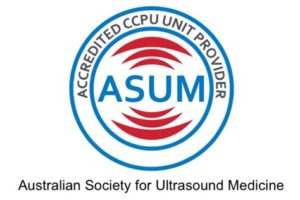 ASUM
ASUM
ASUM accredited training program. CCPU units included in the course:
- Distal Brachial Plexus Block: Infraclavicular/Axillary
- Upper Limb Peripheral Nerve Blocks
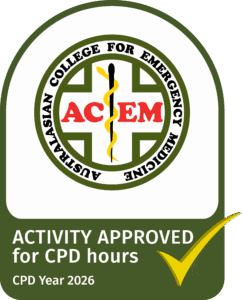 ACEM
ACEM
Approved for Educational Activities 7.75 hours.
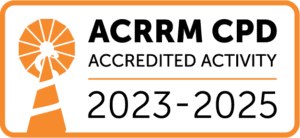 ACRRM
ACRRM
This course is approved for 9 total activity hours. PDP units: 1 Performance Review, 3 Performance Review, 5 Educational Activity. MOPS points: 8. Grant eligibility: Emergency Medicine, Anaesthetics, Obstetrics, Surgery.
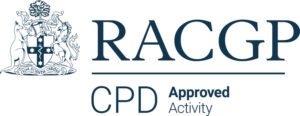 RACGP
RACGP
CPD Approved Activity under RACGP 2023-25 CPD program. Approved for Educational Activities 2 hours, Reviewing Performance 6.5 hours, specific requirements diagnostic radiology, 1 day Anaesthetics, Obstetrics, Surgery and Emergency Medicine training grants. Provider Number 214288, Activity ID 414911.
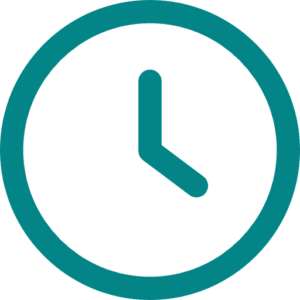
HOURS
| Theoretical | 2 |
| Practical | 4.5 |
| Total | 6.5 |
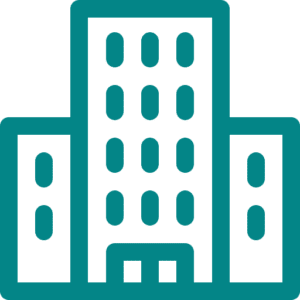

CATERING
Morning tea, a light lunch and refreshments are provided.
